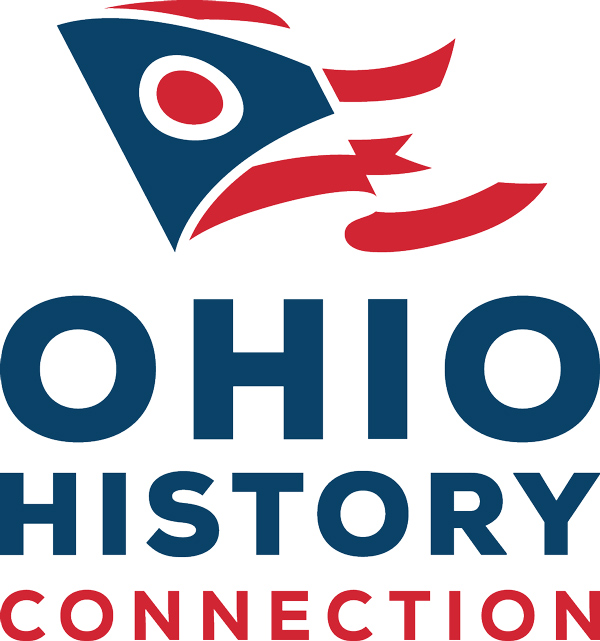

Ohio’s first Christian settlement. The state’s first church and schoolhouse — even its first code of laws. From 1772 to 1777, Schoenbrunn Village was the site of each of these historic milestones. But more than that, the thriving village was a utopia, an inspiring place where Moravian missionaries from Europe and American Indians from the Delaware tribe lived together harmoniously.
Now, as Schoenbrunn Village celebrates its 250th anniversary, there has never been a better time to experience it for yourself.
On May 3, 1772, David Zeisberger led a group of Moravian missionaries from the relative security of their settlement in Pennsylvania to the Ohio Frontier. They had been invited by the Delaware tribe to establish a new home along the Tuscarawas River, near present-day New Philadelphia, Ohio.
Thus, Schoenbrunn Village was born. In German, “schoenbrunn” means “beautiful spring,” a perfect name for the lush site the group now inhabited. Immediately, they established roots — both literally and figuratively — by planting crops and building log homes.
“It’s amazing how quickly the Village grew on the Ohio Frontier,” says Wendy Zucal, executive director of the Dennison Railroad Depot Museum , which manages the site today on behalf of the Ohio History Connection. “In the five years they were there, the Village had three streets and approximately 60 buildings. Simple round log cabins were built for visitors, but once you converted to the Moravian faith, you would be given a lot on which to build a more permanent home and gardens.”
The smallest homes were one-room cabins made out of round logs, with dirt floors and a hole in the ceiling where smoke from a central fire could escape. Larger, nicer homes made out of hewn logs could have multiple rooms and fireplaces. Zeisberger’s home even had stairs to a second floor and a study in the back, where he could write his sermons before walking over to the church.
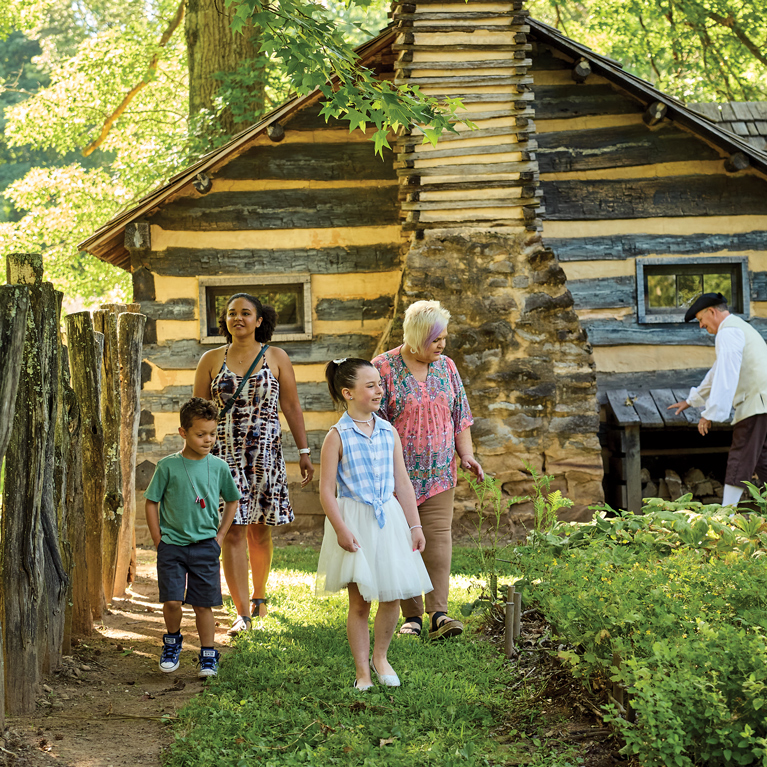
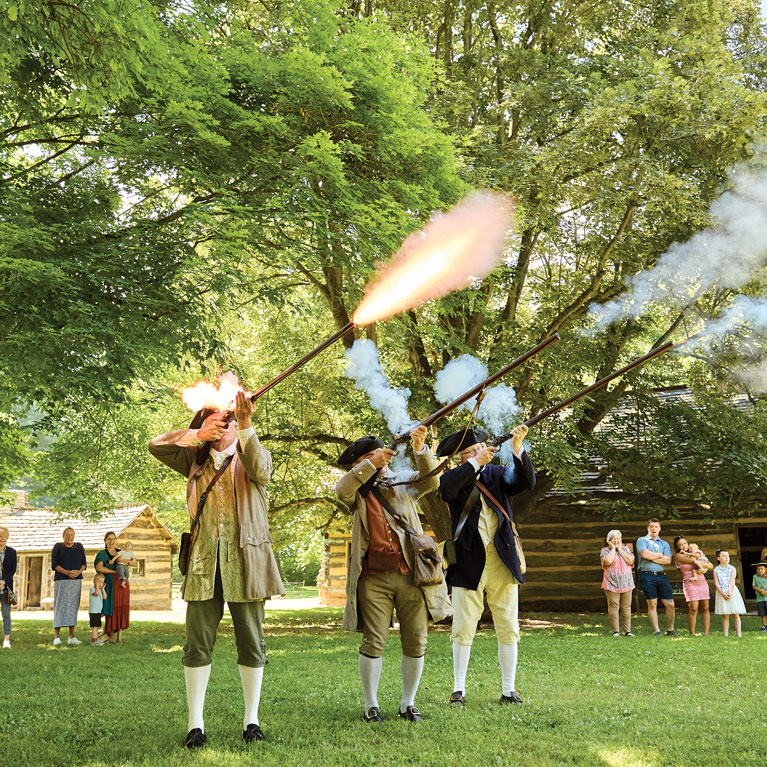
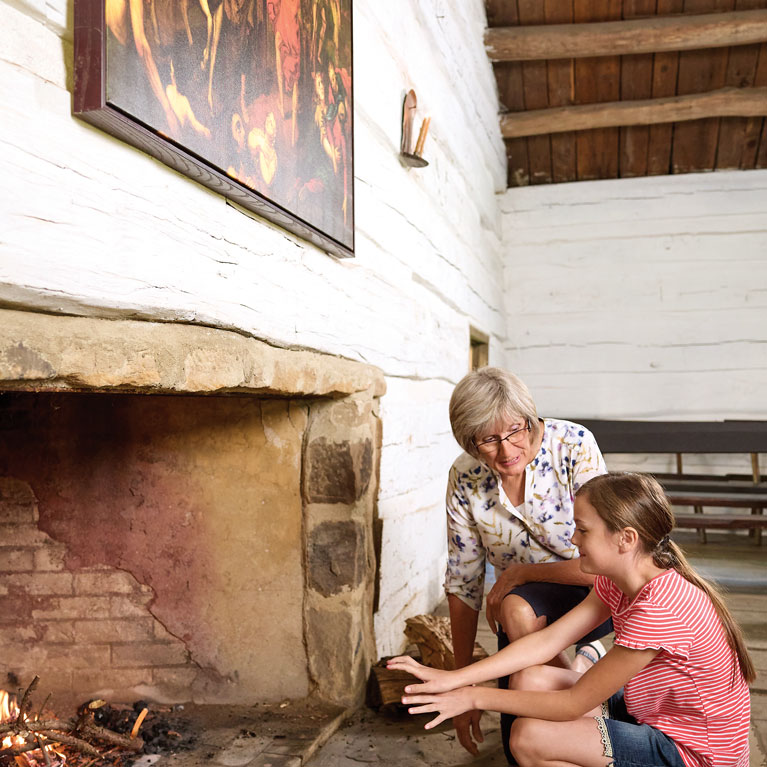
Most cabins also came with extended property, where residents could erect other structures or plant gardens. Schoenbrunn Village also boasted a church, schoolhouse and community gardens. Here, the Moravians and Delaware converts lived peacefully together according to a set of laws, which forbade alcohol and dancing, and mandated that villagers observe the Lord’s Day, among other rules.
“In the Village, the Moravians were educating both males and females in school, which was progressive in the 18th century and most especially, on the Ohio Frontier,” Zucal says. “The Village was thriving, until the Revolutionary War tensions began to reach the frontier.”
Seeking to avoid violence, the villagers remained neutral in the conflict, causing both the British and American colonists to distrust them. Rumors swirled that Zeisberger may even have been a spy for the Patriots, though that’s never been proven. In the end, though, the villagers at Schoenbrunn were caught in the middle and decided to abandon the Village, mostly to Canada, dismantling their homes and church on the way out.
Efforts to restore Schoenbrunn Village began in the 1920s, as members of the Tuscarawas County Historical Society used Moravian diaries and other historical records to locate the site.
One of the first things you’ll see at the visitor center is a new metal sculpture on a large stone, depicting the three Delaware clans: the wolf, the turkey and the turtle. The sculpture, gifted by the Northern Province of the Moravian Churches to the Delaware Nation for the site’s 250th anniversary, welcomes visitors in English, German and Delaware.
“When you enter Schoenbrunn, you are immersed into a different world,” Zucal says. “We want visitors to understand this is an American Indian site and the Germans were guests of the Delaware. It still is their land. We are honored and privileged to take care of it for them.”
Next, enter the visitor center and museum, where you can see a new interpretive timeline and maps created for the 250th anniversary, watch an introductory video and read about the village’s incredible history from both the Moravian and Delaware perspective.
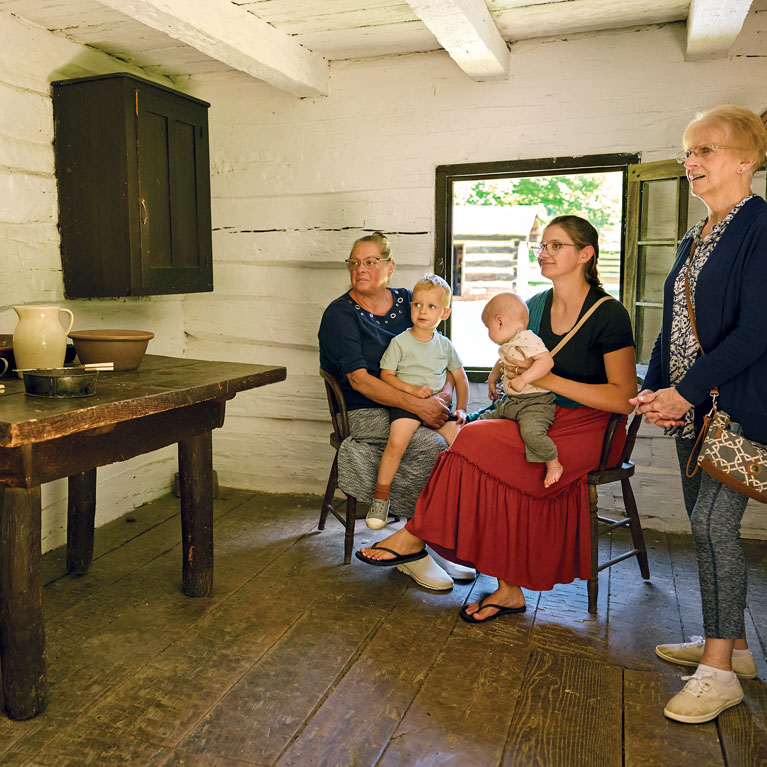
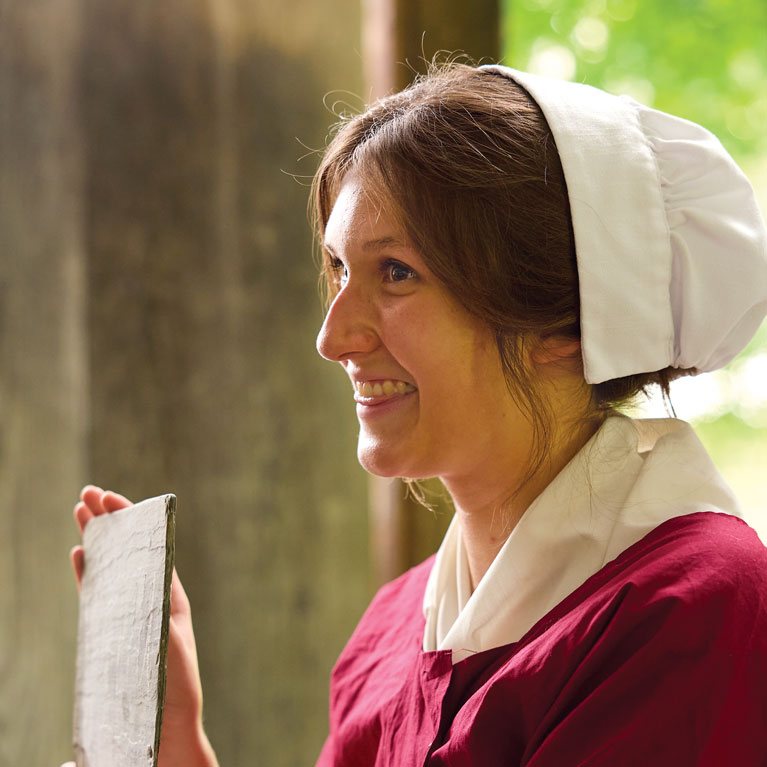
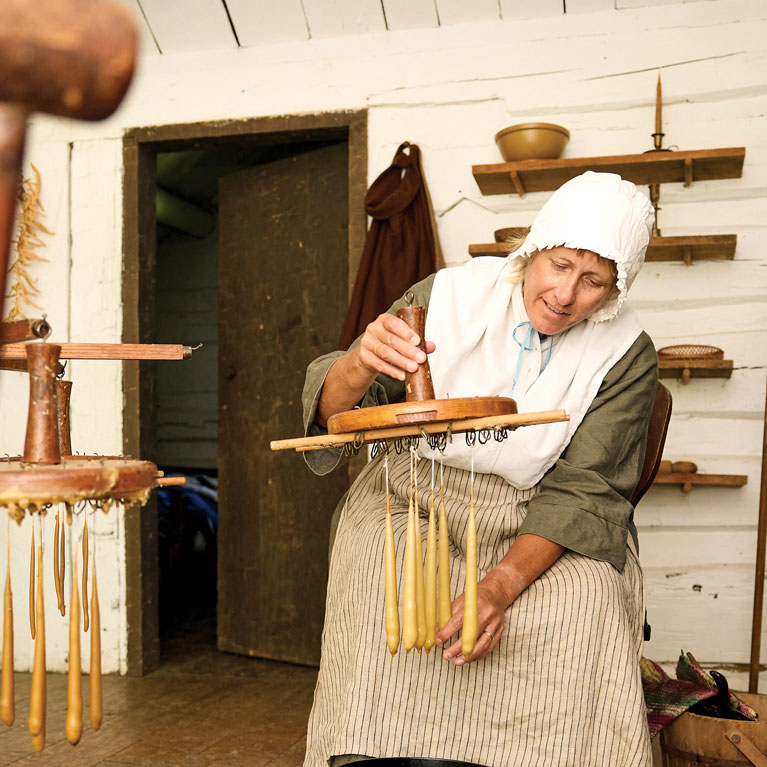
From there, step outside and into the past. As you walk through the village, you’ll see 18 cabins, including a small American Indian home that was restored in 2020 and Schebosh Cabin, a larger home with a porch that was unveiled for the 250th anniversary. In addition, you can visit the church and school, other cabins and God’s Acre, the original mission cemetery.
Throughout the site, signs and markers guide your way and tell the stories of the families who lived in each home. Costumed interpreters bring the settlement to life, sharing the customs of 18th century Moravians and Delawares with modern visitors. As you wander around, look for “villagers” gardening, making candles, writing with quills or churning butter.
“You really can immerse yourself in the 18th century,” Zucal says. “Even though the site is located in the city of New Philadelphia, it’s barricaded by a wall of trees, and you really do feel like you’re walking back into 1770s.”
Don’t forget to pack a lunch, too. The site includes beautiful outdoor spaces and picnic facilities, as well as trails to enjoy some time in nature.
To enhance your journey into history, Schoenbrunn Village hosts several annual events, including traditional Christmas Love Feast and Easter Sunrise services, the popular Children’s Day and the Colonial Trade Faire, which stages an 18th century trade fair with period vendors from all over the country. Don’t miss the seasonal lantern tours, where each group receives a lantern that shines along with hundreds of luminaries that light up the dark as you explore the village at night.
After spending the day in Schoenbrunn Village, Zucal hopes visitors appreciate the legacy the Moravians and Delawares left behind at this remarkable, beautiful site.
“This is a site where diverse people —American Indians, folks from Germany and colonists — came together in peace and worked together to create a successful village,” she says. “That’s something we’re all trying to do today, bringing people of different backgrounds and beliefs together to find a way to live together — and they did it. You can walk in their footsteps and see what that looks like.”
Founded in 1817 by German Separatists, Zoar Village thrived as a communal society for more than 80 years, making it one of the most successful settlements of its kind in American history.
In 2022, the museum will commemorate the 200th anniversary of the North Union Shaker Village. Visitors can learn the story of the North Union Shakers, as well as modern-day Shaker Heights, which was developed as a planned community in the early 1900s.
Built in 1814, the Quaker Yearly Meeting House was a gathering place for Quakers in Mount Pleasant and an important landmark in the abolitionist movement.
Stop at this National Historical Landmark in Dennison where more than 1.3 million service members were served free food as they were leaving to fight in World War II.
Learn about the life of soldiers on the frontier at the site of Ohio’s only Revolutionary War fort. Fort Laurens was built as a wilderness outpost in 1778.